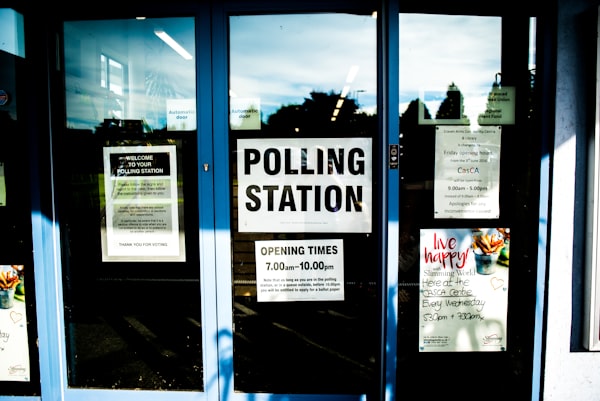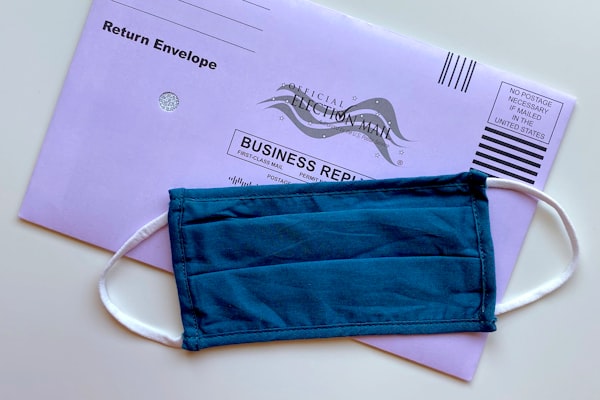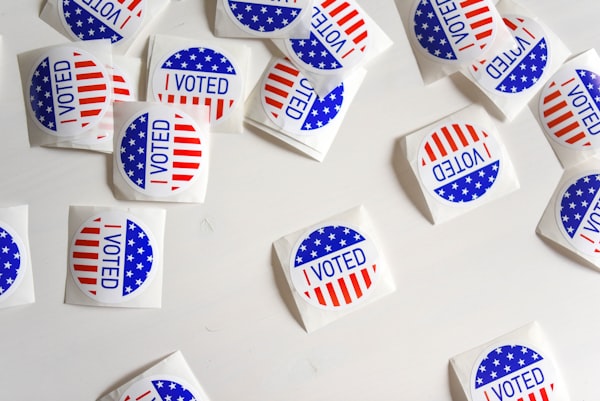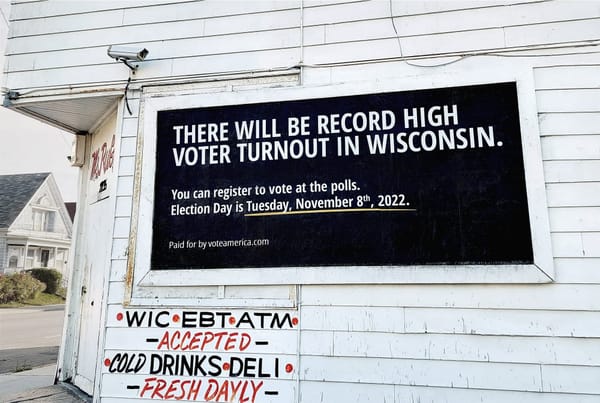VoteAmerica 2020 Native American turnout project recap
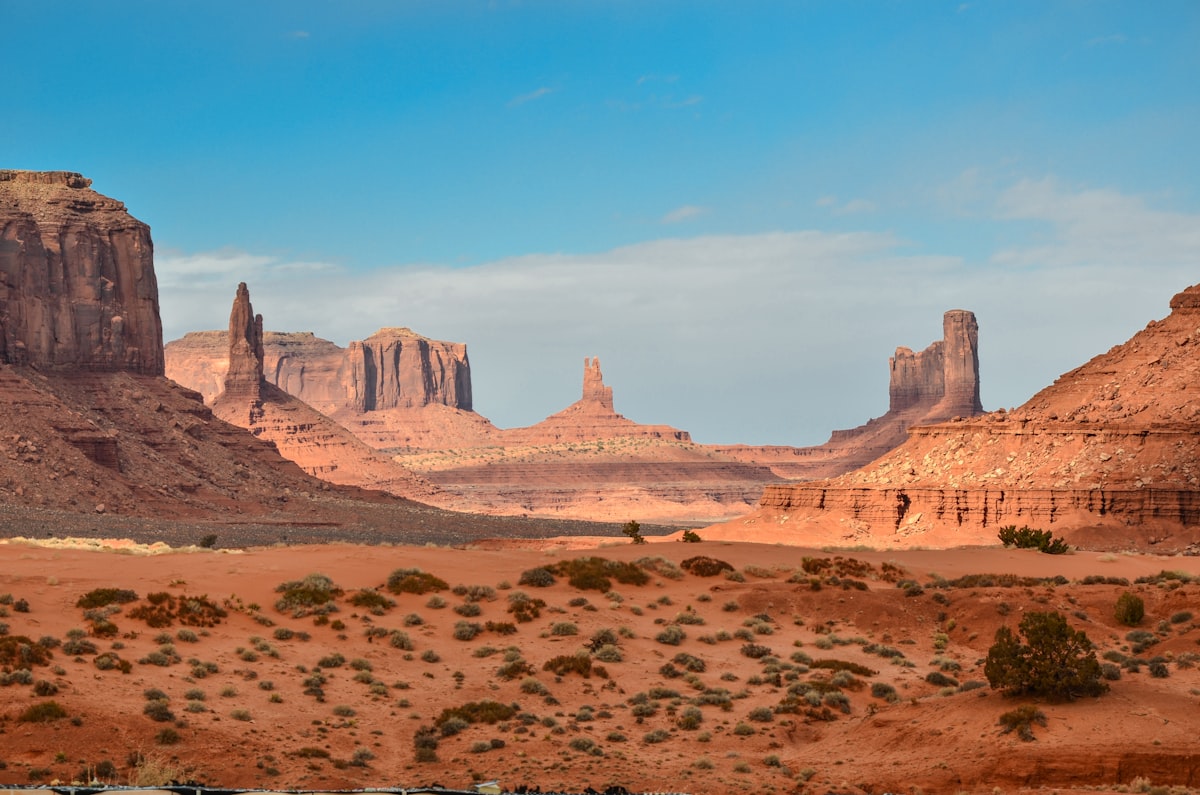
WHY NAVAJO NATION: At more than 18,000 square miles, the Arizona portion of the Navajo Nation alone is larger and more populous than any other reservation in the country. Yet, it has only 27 postal locations, some of them open just three or four hours a day. This is roughly equivalent to having 13 mailboxes in the entire state of New Jersey. There is only one postal location per 681 square miles on the reservation, and while early-voting sites accept mail ballots, there is only one per 1,532 square miles on the reservation. The Navajo Nation was among the first in the country to close to outside visitors (and volunteer support) by public health order, and for good reason: Native Americans contracted COVID-19 at 3.5 times the rate of white Americans, and in some states, the death rate was at a rate five times their population share.
This is all while the US was shifting to vote-by-mail as a primary vehicle for voting (46% of Americans voted by mail in 2020), and the USPS was experience massive mail delays. At just a few weeks before Election Day, mail was taking an average of 2-3 weeks to reach some parts of the Navajo Nation, causing 4Directions to challenge this inequity in Yazzie v Arizona, asking the Secretary of State Katie Hobbs to extend the mail-in voting deadline for the Navajo Nation.
In the aftermath of Yazzie v. Arizona, which ultimately struck down this request, VoteAmerica was asked to step in and help.
- In partnership with the Rural Arizona Project, the Navajo & Hopi COVID relief effort, 4 Directions, and the generous support of the Navajo Nation, we were able to conduct a last minute GOTV operation in response to the decision in Yazzie v. Arizona.
- We partnered with Four Directions, which had Navajo nation citizens embedded on the reservation, to give out food and coordinate rides to the polls for those that lacked transportation. We also gave gas cards to aid families in paying for transportation.
- We partnered with Rural AZ project to help coordinate volunteers, and use their understanding of the geography of the Nation to plan distribution accordingly.
- We partnered with the Navajo & Hopi COVID Relief Effort to leverage it’s mutual aid network of Navajo citizens, many of which did not have contact information on the voter file, to reach hard-to-reach voters and provide them with vital information and support.
- VoteAmerica also expanded it’s proactive SMS outreach campaign to nearly 100,000 texts to Native voters statewide in Arizona and 431,000 texts nationally to Native voters.
By the numbers
- Statewide: In the end, we sent 99,092 directly to Native American voters in the state of Arizona. VoteAmerica sent 4,607,736 text messages to turnout high-potential AZ voters across the state.
- Gas cards, food, and on-site support: Partnering with 4 Directions Vote, an indigenous-led voter turnout organization, we provided $20,000 in funds to support hiring Diné citizens and provided gas cards for families to drive themselves and immediate family members to the polls with respect to the Navajo Nation health order.
- Nationally: we sent over 431,000 SMS texts to registered Native American voters to provide them information on deadlines, answer questions on how to vote, and provide tools to register to vote and absentee.
- Targeted, proactive SMS outreach on the Navajo Reservation: 13K targeted SMS messages and thousands of additional volunteer phone calls were made to registered Navajo voters (not on the voter file) to provide resources and information on how to vote, through leveraging partnerships with mutual aid/community organizations such as the Rural AZ Project & the Navajo & Hopi COVID Relief Effort.
The results
Roughly 67,000 eligible voters live in the three counties (Apache, Coconino, and Navajo counties) that encompass the Arizona portion of the Navajo Nation, and far more eligible voters statewide. In the context of reflective democracy, former President Trump won the state in 2016 by just 91,000 votes and current President Joe Biden won the state in 2020 by just 10,457 votes.
The three counties where VoteAmerica focused our programming, in conjunction with 4Directions, saw an average turnout of 127.2% of their 2016 turnout rates.
The three counties where VoteAmerica focused our programming, in conjunction with 4Directions, saw over a 20% increase in turnout when compared to 2016. In the aggregate across all three counties, this program increased turnout 24.29%.

In addition to significant turnout boosts, we were able to uplift the work nationally and through media coverage, center and credit the phenomenal Native organizers and Native-led organizations on the ground that have worked for years to make this a reality. Here are the toplines:
- 16 pieces of coverage directly on the impact of the Native American vote on the 2020 election, including name outlets such as: New York Times, NPR, Mashable, CBS, ABC, and High Country News.
- Coverage generated an estimated 984K views and 372K social shares.
- All in told between social media and media coverage, VoteAmerica ultimately fundraised over $100K.
See full articles and coverage here (NYT + HCN were the two landmark stories): https://docs.google.com/spreadsheets/d/14NCe7XIz0SI2cSZshvSxYKer5uocv1poZ5nxBTA-GrY/edit?usp=sharing
